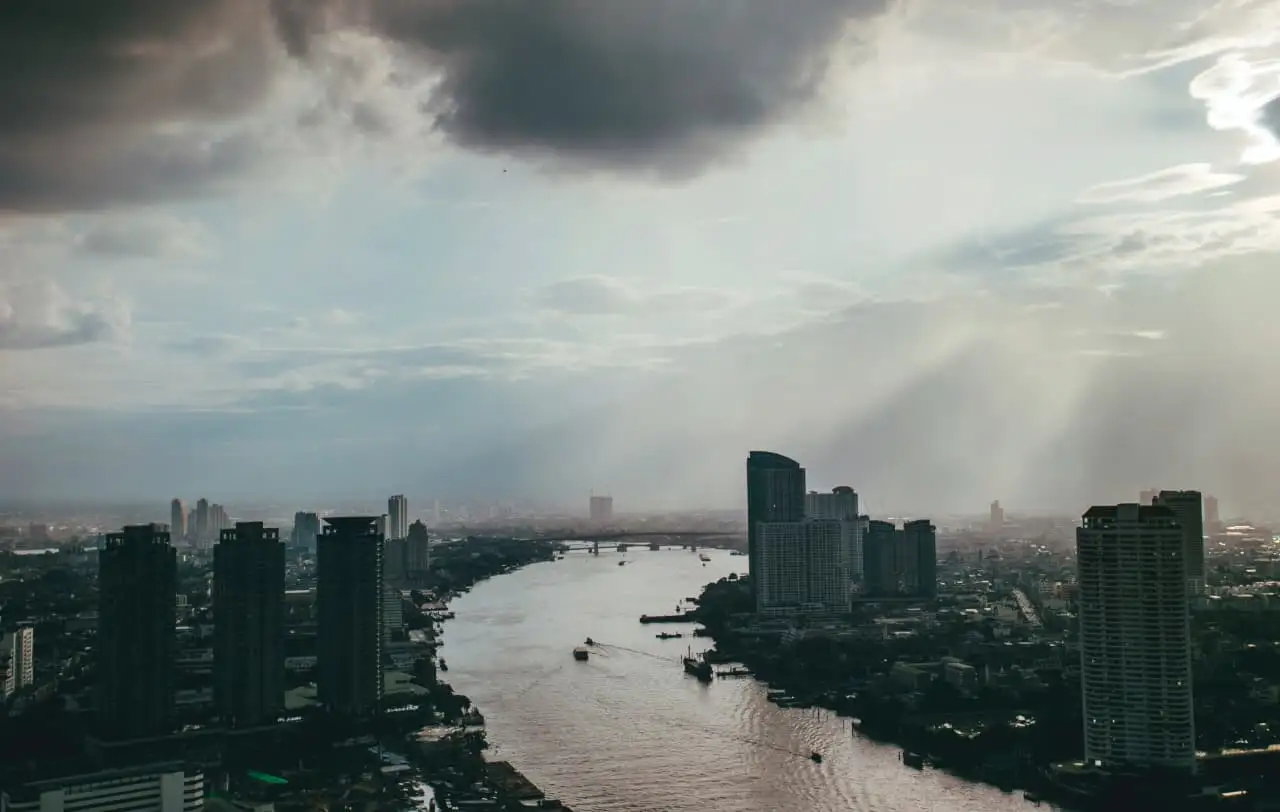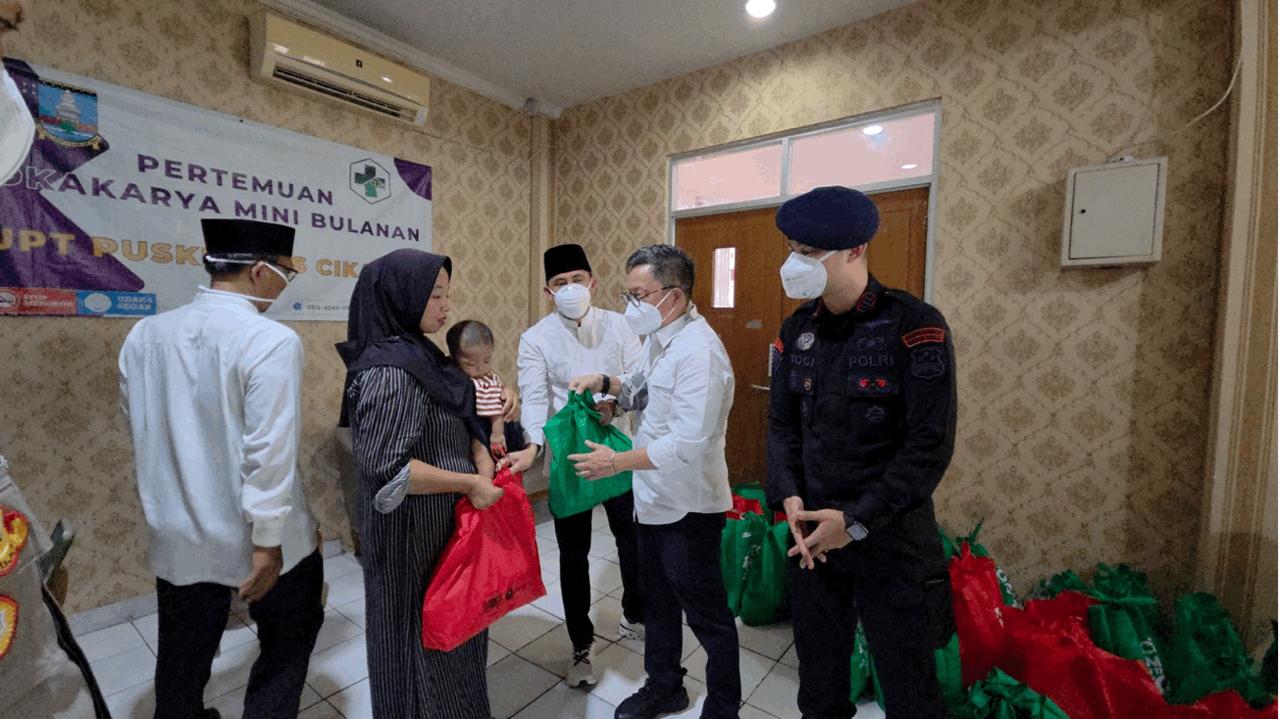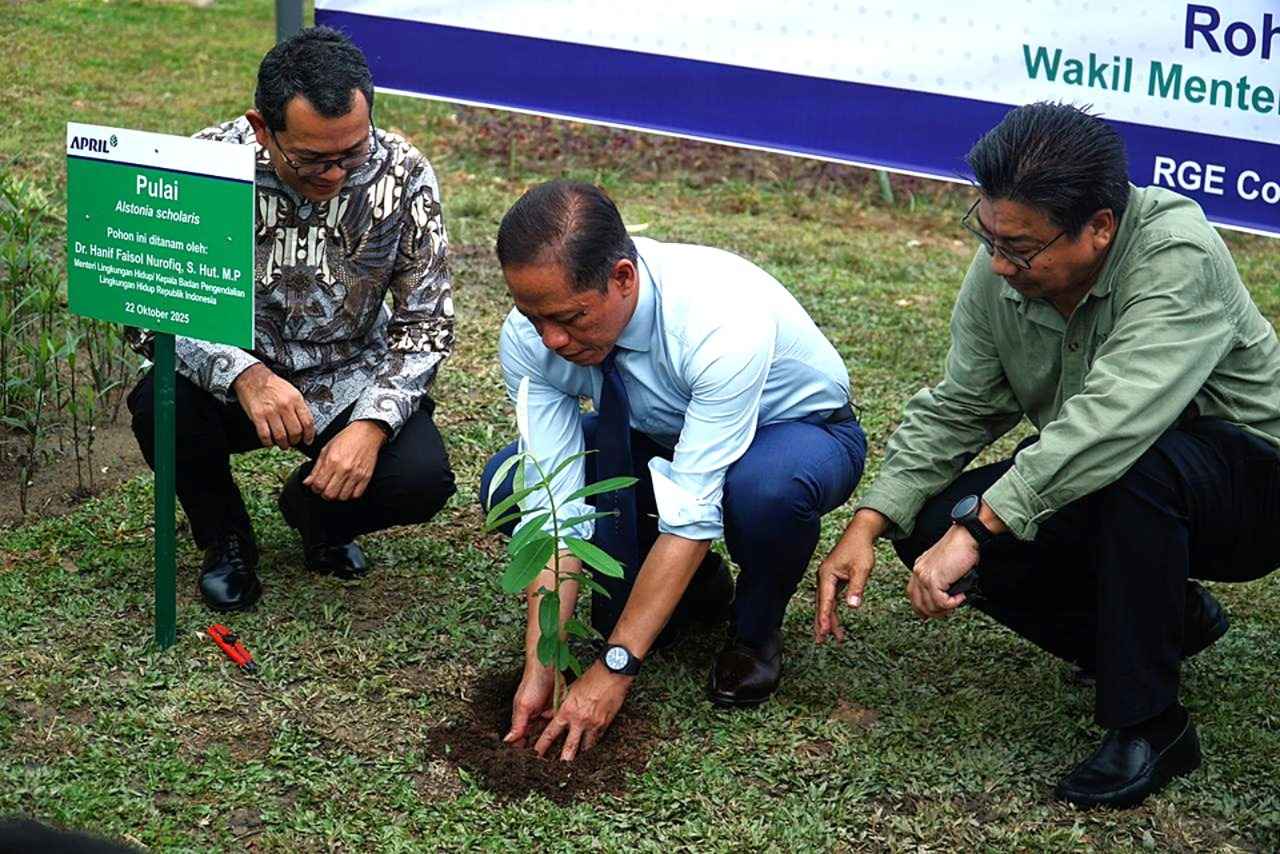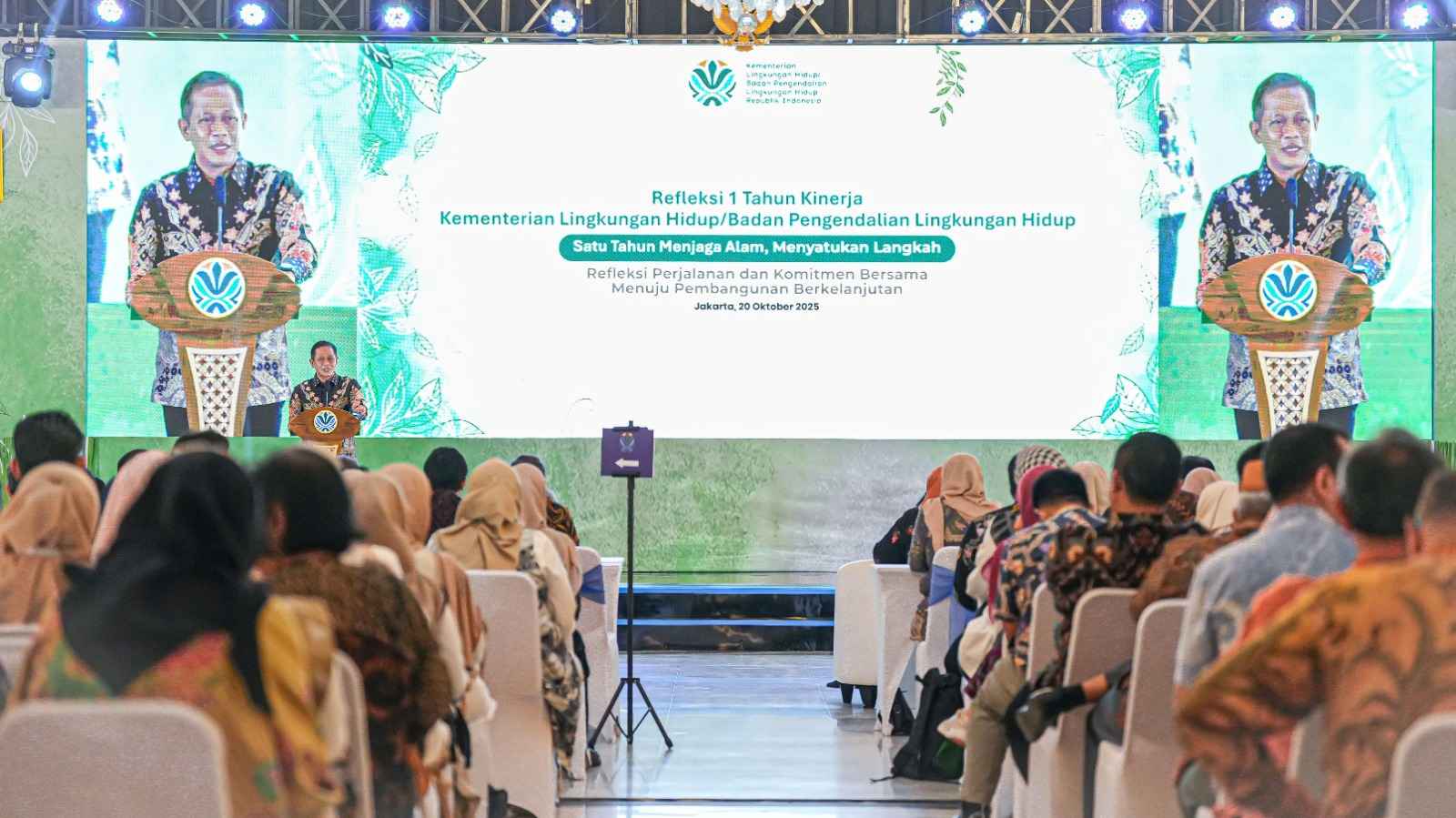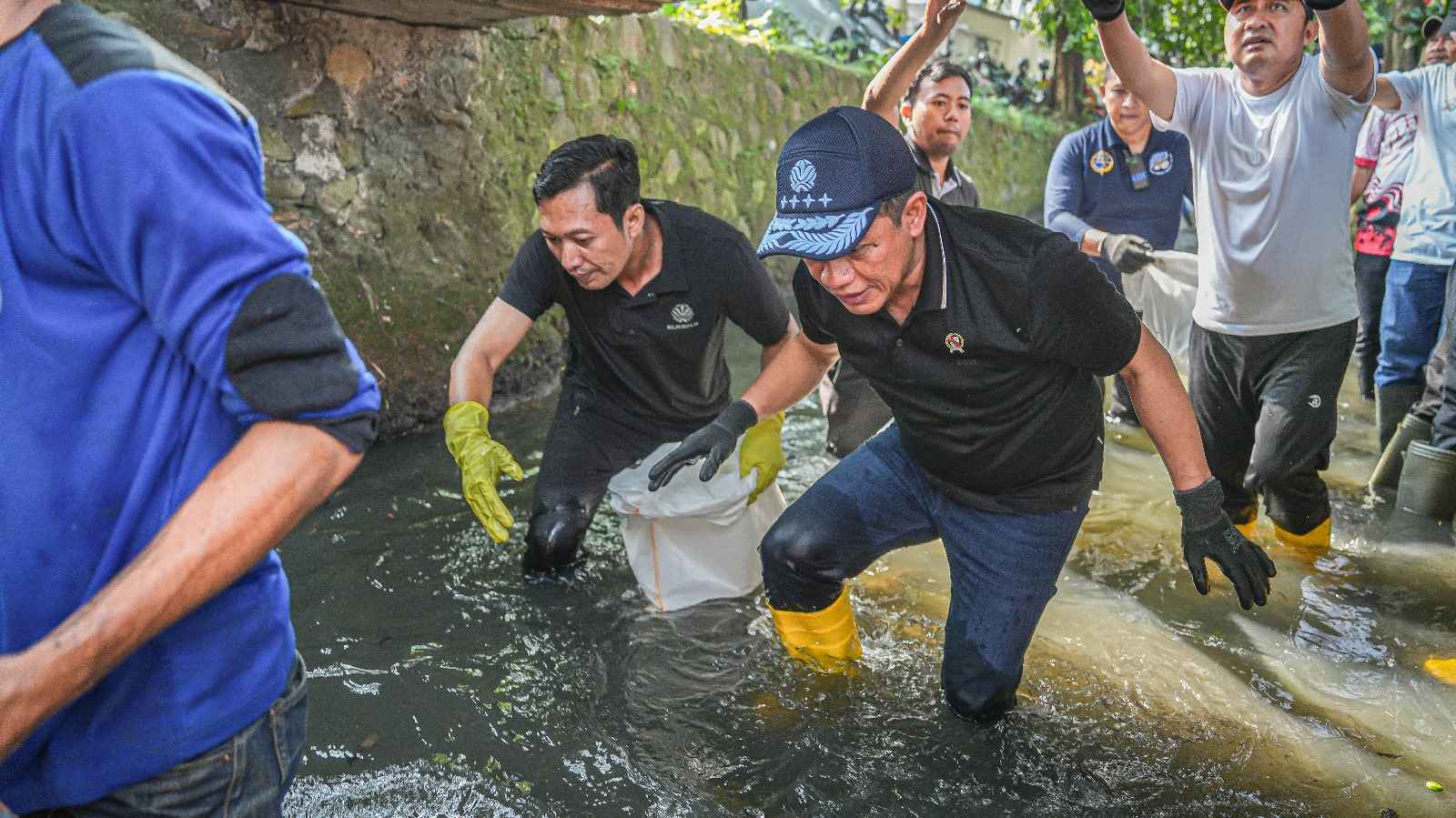Enviro News Asia, Jakarta – BRIN Public Relations. Rain, long regarded as a symbol of freshness and purity, is no longer completely clean. Research conducted by Indonesia’s National Research and Innovation Agency (BRIN) has revealed that rainwater in Jakarta contains harmful microplastic particles originating from human activities in urban areas. The discovery underscores that plastic pollution now contaminates not only the soil and sea but also the air.
BRIN researcher Muhammad Reza Cordova explained that studies conducted since 2022 have detected microplastics in every rainwater sample collected across the capital city. These microscopic plastic particles are formed from the degradation of plastic waste that becomes airborne through various human activities.
“These microplastics come from synthetic fibers in clothing, dust from vehicles and tires, the burning of plastic waste, and the degradation of plastics in open environments,” said Reza in Jakarta on Thursday (17/10).
The microplastics identified were mostly in the form of synthetic fibers and small plastic fragments, dominated by polymers such as polyester, nylon, polyethylene, polypropylene, and polybutadiene derived from vehicle tires. On average, about 15 microplastic particles per square meter per day were found in rain samples taken along the coastal areas of Jakarta.
According to Reza, this phenomenon occurs because the plastic cycle has now reached the atmosphere. Microplastics can be lifted into the air through road dust, combustion emissions, and industrial activity, carried by the wind, and eventually fall back to earth with rain—a process known as atmospheric microplastic deposition.
“The plastic cycle does not end in the ocean. It rises into the sky, travels with the wind, and falls back to earth with the rain,” he said.
This finding raises serious concerns, as microplastic particles are extremely small—often finer than ordinary dust—making them easy to inhale or ingest through water and food. Plastics also contain toxic additives such as phthalates, bisphenol A (BPA), and heavy metals that can leach into the environment when plastics degrade into micro or nano sizes. In the air, these particles can also bind with other pollutants such as aromatic hydrocarbons from vehicle exhaust.
“The danger does not lie in the rainwater itself but in the microplastic particles it carries, which contain chemical additives or absorb other pollutants,” Reza emphasized.
Although further research is needed, global studies have shown that exposure to microplastics can lead to serious health problems, including oxidative stress, hormonal disruption, and tissue damage. From an environmental perspective, rainwater contaminated with microplastics can pollute surface and marine waters and eventually enter the food chain.
Reza noted that modern urban lifestyles are a major contributor to the increasing concentration of microplastics in the atmosphere. With a population of over 10 million and around 20 million vehicles, Jakarta generates massive amounts of plastic waste every day.
“Single-use plastic waste remains widespread, and its management is far from ideal. Some of it is openly burned or carried away by rainwater into rivers,” he said.
To address this issue, Reza urged concrete cross-sectoral actions. First, strengthen research and regular monitoring of air and rainwater quality in major cities. Second, improve plastic waste management at the source, including reducing single-use plastics and increasing recycling facilities. Third, encourage the textile industry to adopt filtration systems in washing machines to prevent synthetic fibers from being released into the environment.
Public education also plays a crucial role. Reza called on the community to reduce plastic consumption, properly separate waste, and avoid burning trash.
“Public awareness can significantly reduce microplastic pollution,” he said.
He concluded that the fact that rain now contains plastic particles reflects humanity’s behavior toward the planet.
“The sky over Jakarta mirrors the behavior of the people beneath it. The plastic we discard carelessly, the smoke we allow to rise, and the trash we burn for convenience—all come back to us in a smaller, quieter, yet far more dangerous form,” Reza concluded. (*)




